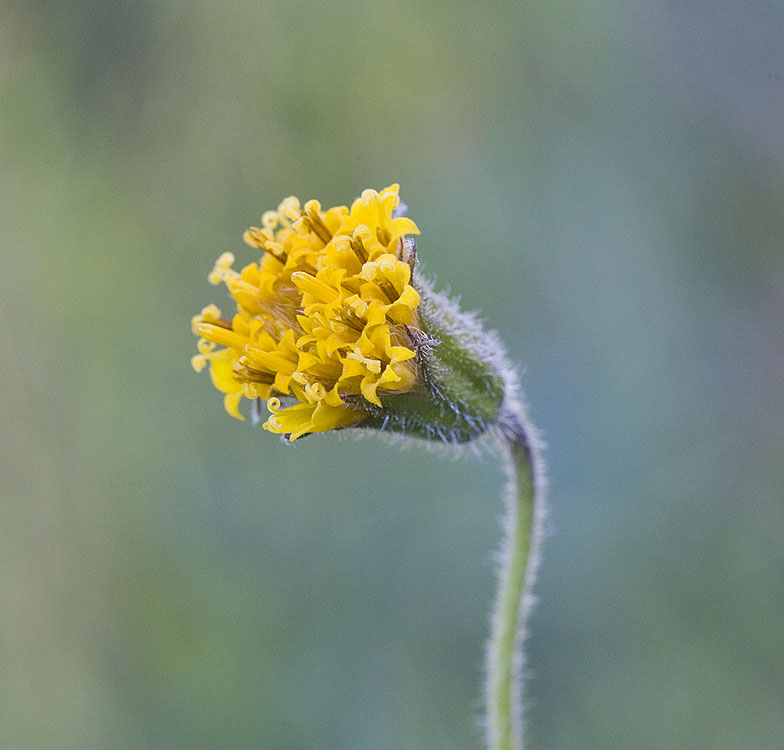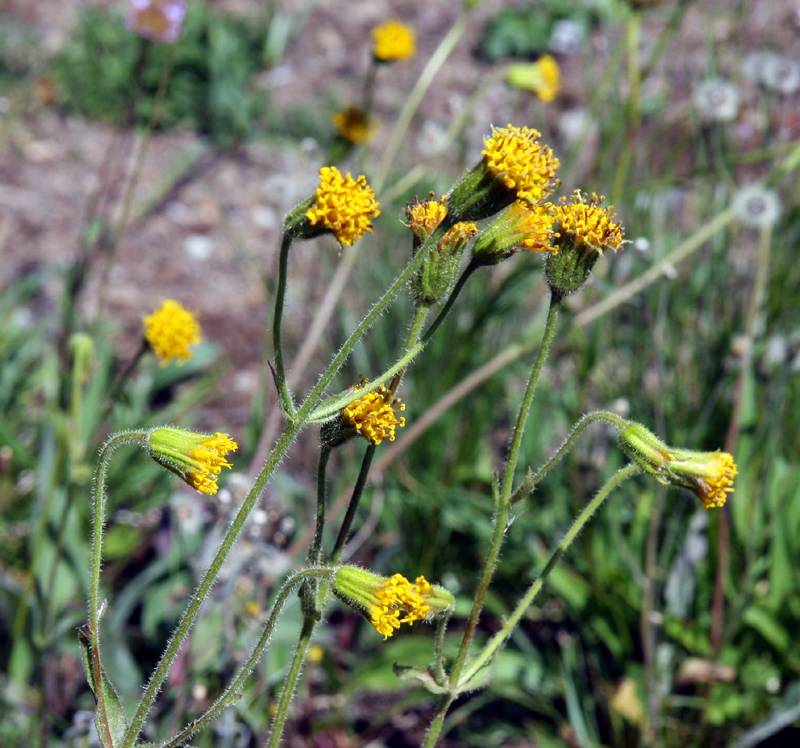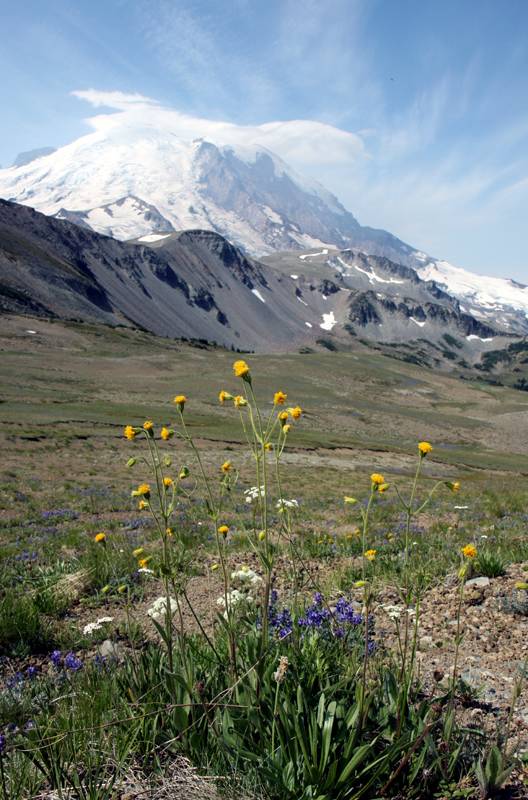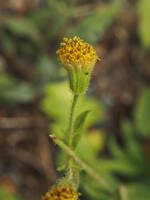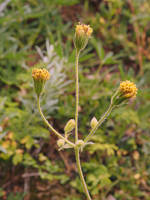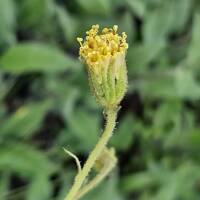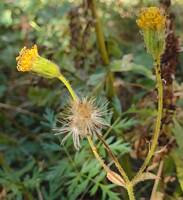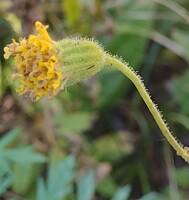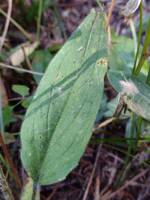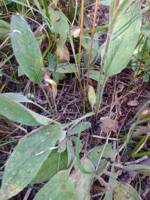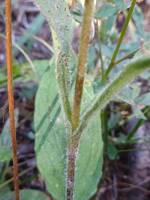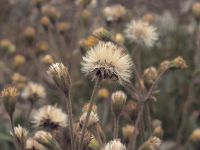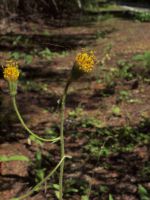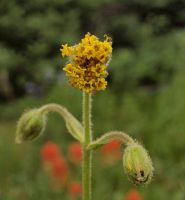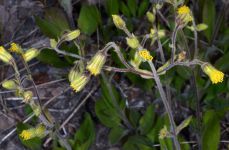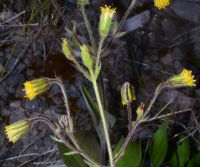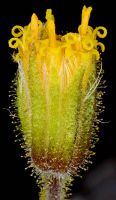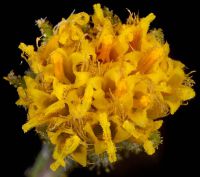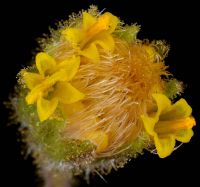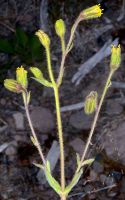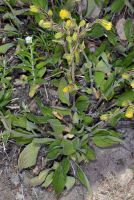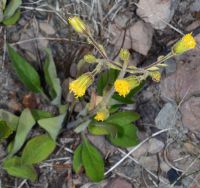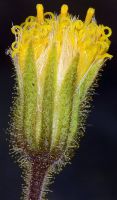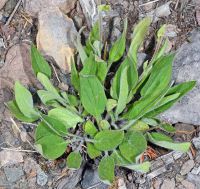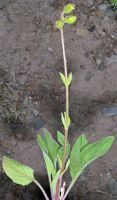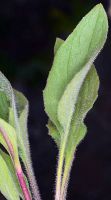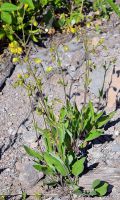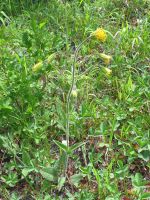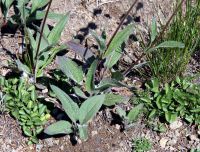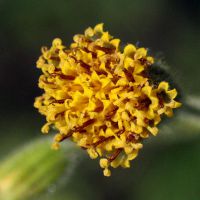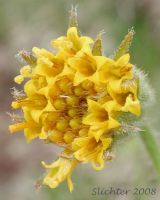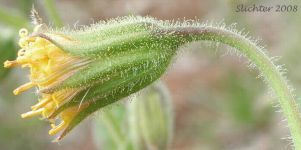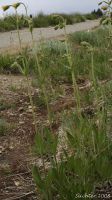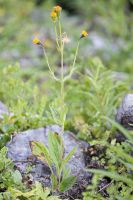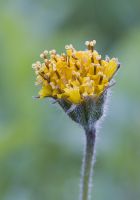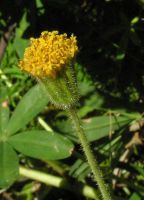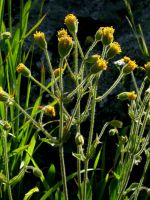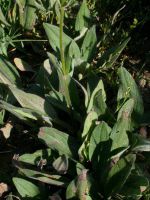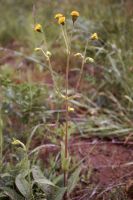Distribution: Occurring on both sides of the Cascades crest in Washington; Yukon Territory to California, east to the Rocky Mountains.
Habitat: Open woods and meadows, from middle elevations to the alpine.
Flowers: June-August
Origin: Native
Growth Duration: Perennial
Conservation Status: Not of concern
Pollination: Apomixis, bumblebees, butterflies
Heads generally several, narrow, with few disk flowers; involucre 10-14 mm. high with pointed bracts, covered with stalked glands; rays about 8 or about 13, 1.5-2 cm. long; pappus straw-colored, sub-plumose.
Cauline leaves 2-4 pairs, strongly reduced upward, with lanceolate or lance-ovate blades 5-20 cm. long and 1.5-6 cm. wide.
Heads several, nodding in bud, rayless; involucres 10-14 mm. high, their bracts sharp pointed; pappus tawny, sub-plumose.
Achenes glabrous to glandular or hairy.
The other rayless species in our area, Arnica discoidea, has wider leaves, and the heads are upright in bud.
Publication: Amer. Naturalist. 8: 213. 1874.
Arnica parryi A. Gray ssp. parryi
Arnica parryi A. Gray ssp. sonnei (Greene) Maguire
Arnica parryi A. Gray var. parryi [HC]
Arnica parryi A. Gray var. sonnei (Greene) Cronquist
PNW Herbaria: Specimen records of Arnica parryi in the Consortium of Pacific Northwest Herbaria database
WA Flora Checklist: Arnica parryi checklist entry
OregonFlora: Arnica parryi information
E-Flora BC: Arnica parryi atlas page
CalPhotos: Arnica parryi photos

